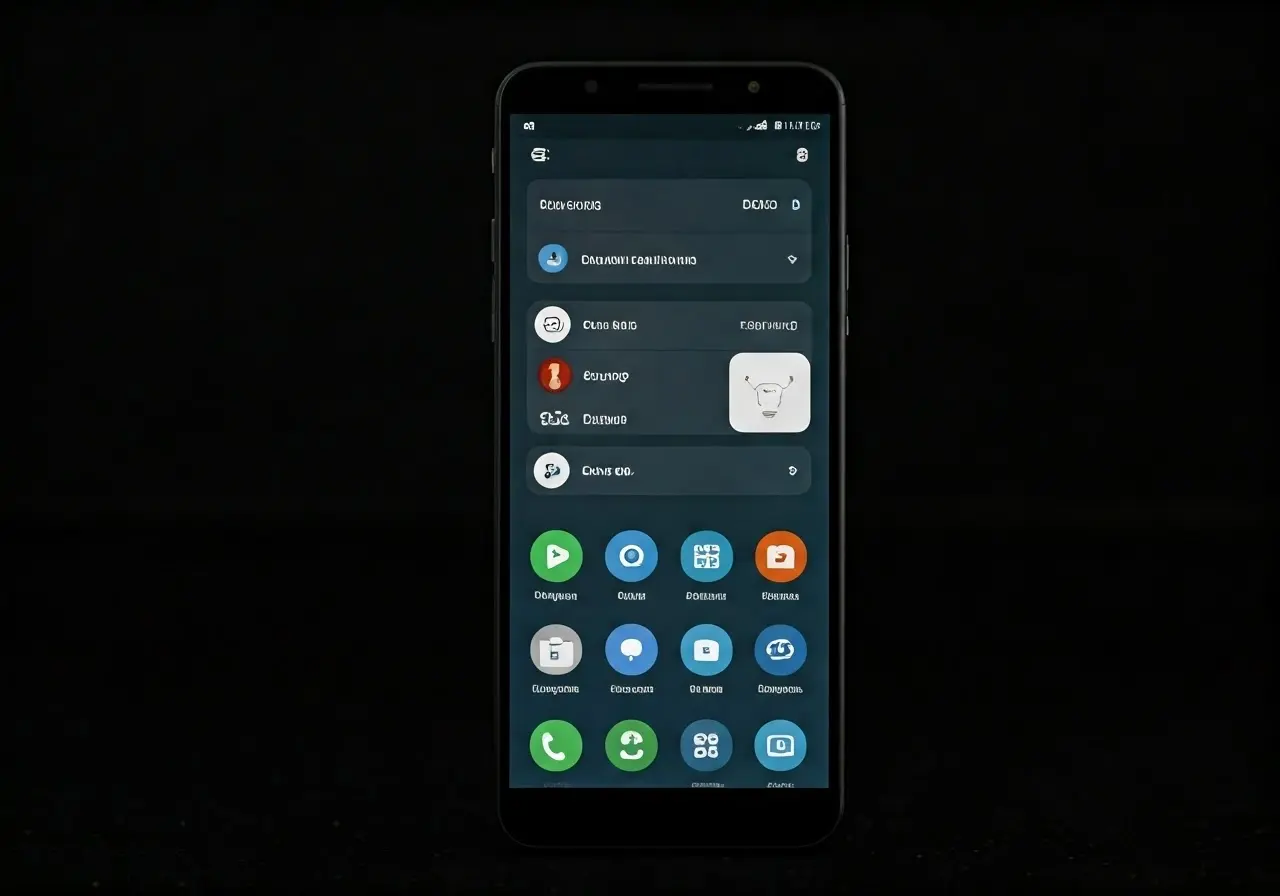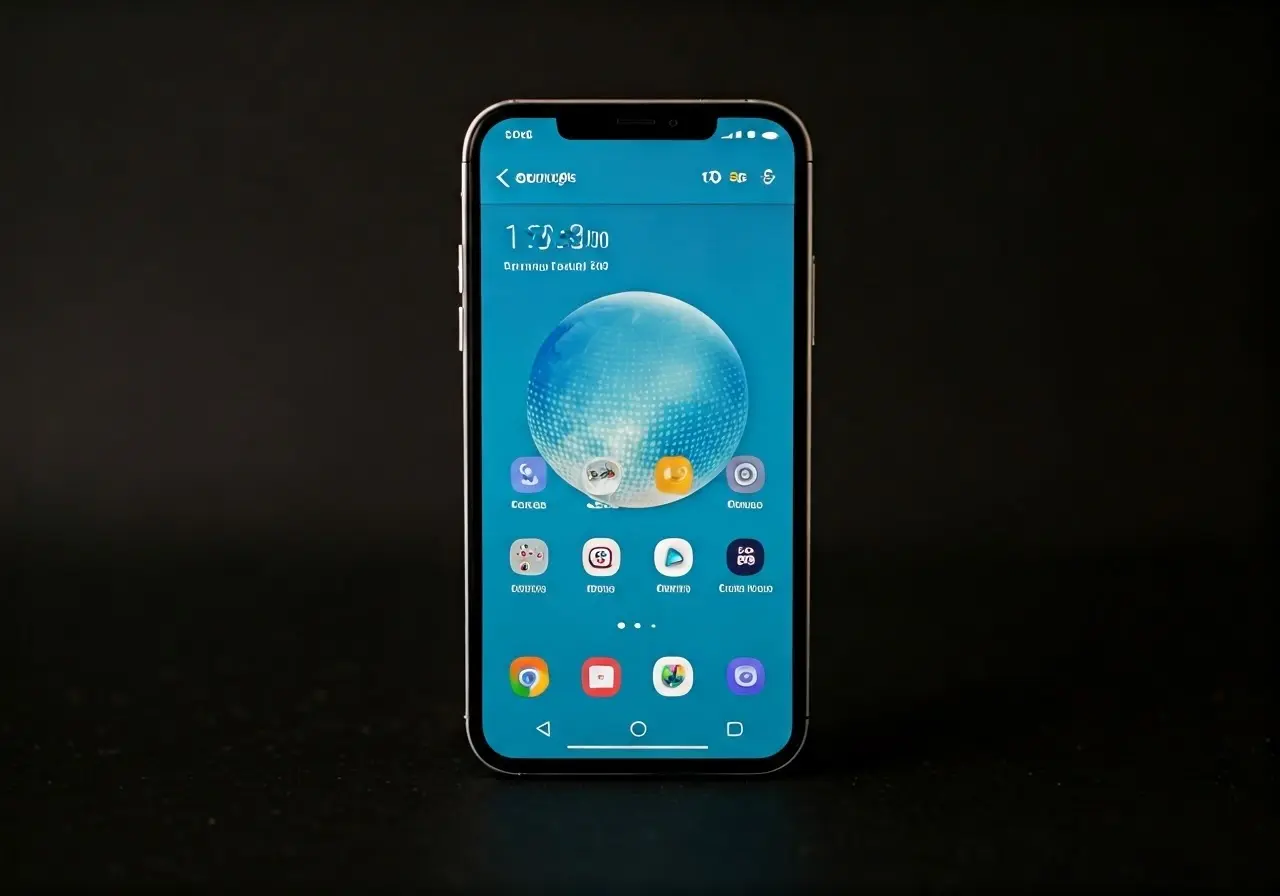What Common UX Design Mistakes Should I Avoid When Developing an App?
In today’s digital age, creating an app isn’t just about functionality—it’s also about providing a seamless user experience (UX). But even with the best intentions, developers can easily make mistakes that can deter users. This guide will walk you through the common UX design mistakes you should sidestep to ensure your app is user-friendly and successful.
Neglecting User Research
Understanding your target audience is crucial. Skipping this step can lead to an app that doesn’t meet user needs or expectations. Prior to development, invest time in surveys, interviews, and usability tests to collect valuable insights. By doing so, you can tailor your app features to better serve your users.
User research goes beyond basic demographics. It’s about diving deep into user behavior, preferences, and pain points. With thorough research, you can anticipate user needs and strategically incorporate features that stand out. Ignoring this step results in a disconnect between the app’s offerings and what users actually seek.
Crafting effective user personas can help visualize needs and guide app development process. These personas are comprehensive representations of your ideal user, offering invaluable direction from design phase through to final testing.
Lack of Clear Navigation
Users appreciate intuitive navigation. Ensure your app’s layout is logical and easy to follow to enhance the user’s journey. Clear navigation paths avoid user frustration and keep them engaged with your content from the start.
The absence of clear navigation is a huge barrier to a positive user experience. In the case of poor navigation, users can easily become confused or lost, which ultimately leads to an increased bounce rate. To counteract this, utilize established design principles like the F-pattern or Z-pattern layouts to guide users naturally through the app.
Implementing sticky navigation keeps essential pathways accessible, enhancing usability. Users move seamlessly across app sections, reducing the time it takes to find what they need. This initiative significantly boosts user satisfaction and app interaction rates.
Inconsistent Design Elements
Consistency in design elements like buttons, fonts, and colors helps build a coherent user experience and reduces cognitive load. Users rely on visual patterns to predict how an app functions, so any inconsistency can disrupt their journey and frustrate them.
Inconsistencies often lead users to question the reliability of an app. Regular styles and visual elements promote confidence and ease, ensuring users feel comfortable as they navigate. Maintaining a cohesive design requires a style guide referencing icons, typography, and color schemes.
Effective design algorithms use consistent styling to avoid confusion and jarring transitions. By keeping elements like buttons and forms familiar, users can swiftly achieve their tasks without unnecessary cognitive strain.
Overcomplicating the Interface
A cluttered interface can confuse users. Prioritize simplicity to make sure users can easily find what they need. Excessively complex interfaces overwhelm and deter users, pushing them to abandon the app for simpler alternatives.
With an overwhelming interface, users struggle to locate essential functions, becoming disoriented and potentially missing critical features. Strip back non-essential elements, focusing on a clear user journey bolstered by intentional design decisions.
Simplifying mobile UI doesn’t mean sacrificing functionality. Instead, it enhances focus on user goals and promotes interaction by directing attention to key features and benefits central to the user’s needs.
Ignoring User Guidance
New users may need guidance. Incorporate onboarding screens or hints to help users understand your app’s features. Effective onboarding should introduce users to core functionalities and ease them into the app experience smoothly and efficiently.
Missing guidance leaves users to figure things out on their own, which can be off-putting and lead to app abandonment. Onboarding processes that resonate highlight the app’s key features and provide unobtrusive support as users explore.
Providing clear and helpful initial walkthroughs or tooltips satisfies user expectations and facilitates faster integration into application use. Engaging with users through well-timed tutorials and hints builds confidence and enhances retention.
Skipping Usability Testing
Regular usability testing can catch issues before they affect users. Gather feedback to refine and optimize your app. Testing identifies user pain points, areas of confusion, and functional barriers that can hinder a seamless experience.
Usability testing takes the guesswork out of app improvement. Gleaning insights through user feedback, developers can make informed updates driven by actual user experiences, leading to a better and more efficient product.
Foregoing this crucial step can mean missing significant opportunities for improvement, such as navigation difficulties or hidden features. Regular testing cycles are foundational in refining a high-performing app experience that aligns with user expectations.
Neglecting Performance Optimization
A slow, lagging app can frustrate users. Invest in performance optimization to ensure your app runs smoothly. Seamless performance reduces user frustration and increases satisfaction and retention rates.
Performance issues, such as slow loading or unresponsive features, diminish the perception of an app’s quality. Prioritize speed and smooth functionality by optimizing app code and using tools that ensure efficient data processing.
Consider lean coding principles and robust backend support to maintain high app performance. Users expect instantaneous responses, making proactive performance management essential to uphold an app’s competitive edge.
Creating an App that Users Will Love
Avoiding these common UX design pitfalls can significantly enhance your app’s usability and user satisfaction. By prioritizing clear navigation, understanding your audience, maintaining consistency, simplifying design, providing guidance, testing, and optimizing performance, your app can deliver an exceptional user experience that keeps users engaged and happy.










